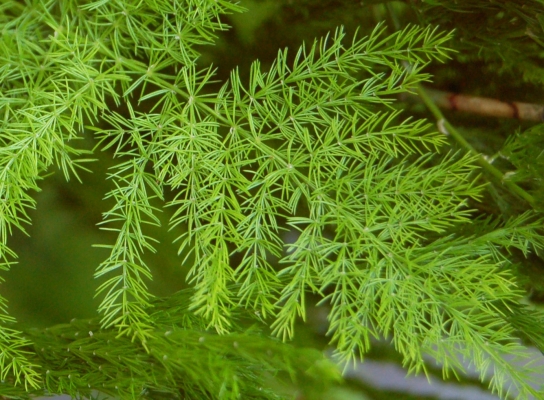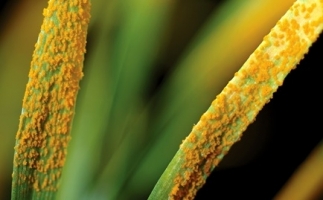General Information
Shatavari is known as the most innocent herb which contains wide range of benefits for human body. It derives its named “Shatavari” as a woman possessing hundred husbands. It is a rejuvenate herb and roots are used about 500tonnes in India every year for the production of medicines. Drugs prepared from Shatavari is used to treat gastric ulcers, dyspepsia and for nervous disorders. It is a shrub with average height of 1-3m with fascicle or clustered roots. Flowers are branched and are 3cm long. Perianth is white with good fragrance and 3mm long. Anthers are purple and berry is purple reddish in color. It is found in Africa, Sri Lanka, China, India and the Himalayas. In India it is found in Arunachal Pradesh, Assam, Chhattisgarh, Delhi, Gujarat, Haryana, Himachal Pradesh, Jharkhand, Kerala and Punjab.












